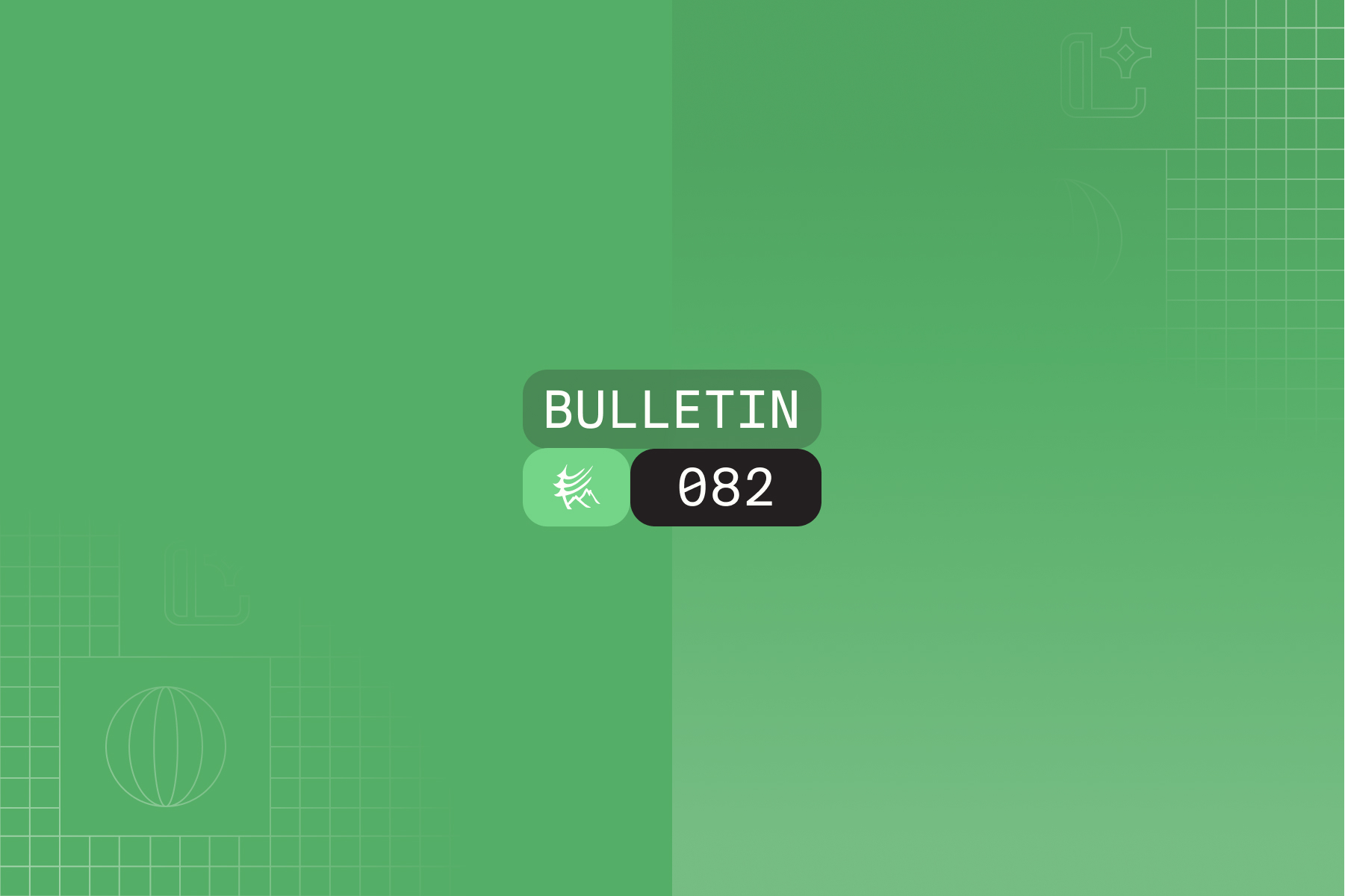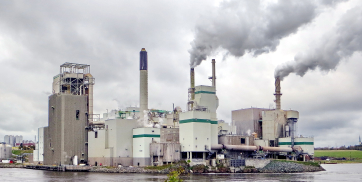Are you ready for natural gas certification? If you’re not sure, don’t worry, you’re not alone. Low-carbon natural gas certification programs like MiQ introduce new opportunities to better understand your emissions. A key requirement is to demonstrate a low methane intensity – in other words, show that your emissions, normalized by gas throughput, fall below a specified threshold. Your methane intensity also determines what grade your gas receives during certification. Unfortunately, estimating intensity is tricky and there are many ways to do it. That’s why we built this tool to get you started.
What is MiQ?
There is broad agreement that the world must act to limit the impacts of climate change. Consumers of natural gas have begun to examine their options for lowering their Scope 3 emissions. A need therefore exists to differentiate low-intensity natural gas from more polluting options to enable buyers to make climate-conscious decisions. Differentiation may also reward proactive oil and gas companies and incentivize other operators to take more aggressive steps to reduce their emissions.
MiQ is a natural gas certification program that differentiates operators with low methane emissions from the rest of the market. Regions of oil and gas operations have various average methane intensities due to the difference in operations. Therefore, some operators can achieve meaningful differentiation by receiving an evaluation better or equal to a MiQ ‘C’ grade. For operators pursuing at least a ‘C’ MiQ grade, a key requirement is to demonstrate to independent auditors a methane intensity at or below 0.2%. Various approaches exist for estimating methane intensity. However, calculating it for the first time and benchmarking your performance to comparable operators can be extremely challenging.
When embarking on the MiQ journey, operators often have questions about whether their methane intensity could be sensitive to what infrastructure they have and how their facilities are set up. The short answer is ‘yes’, but understanding the impact can be tricky, especially if operators are unsure of what calculation methodology to use.
Why did we build this tool?
Highwood and MiQ teamed up to build this tool to help operators understand their approximate methane intensity before investing significant time and effort into the formal MiQ certification process. This educational tool provides general awareness of your methane intensity before committing to MiQ. Using this benchmarking tool will help you understand which grades are currently possible for your operations and may also help you benchmark your operations against your region or type of operation.
With considerable detail, the tool also allows operators to explore different scenarios for how to lower methane intensity. For example, if an operator finds that their methane intensity is too high for certification, they may test hypothetical equipment changes to determine how expensive it would be to lower their intensity.
In some cases, operators outside of the United States are confused about how to build a bottom-up inventory that is compliant with MiQ. As a global standard, MIQ allows for different bottom-up frameworks to be used as part of certification if they meet minimum requirements on facility-specificity. For example, Canadian operators adopting MiQ may use local regulatory quantification methodologies to complete the vast majority of their bottom-up intensity estimate. The allowance of frameworks that meet global minimum requirements facilitates the adoption of MiQ while maintaining the integrity and comparability of certifications. The non-prescriptive approach also allows inventories to become more measurement-derived once operators have collected enough data to have insight on the performance of their specific assets. This tool provides a framework and example for how different methods may be used and allows users to explore the impact of adopting different approaches on their methane intensity.
What should I know before using the tool?
It’s important to remember that this is an educational tool intended to provide a cursory estimate of an operator’s methane intensity. Companies participating in MiQ must precisely account for all of their emissions from all emission sources. Similarly, this tool may assist but does not guarantee compliance with Level 3 quantification requirements set forth by OGMP 2.0. It should be used by operators and other stakeholders as a ‘first step’ towards estimating, exploring methane intensity scenarios and becoming more comfortable with MiQ’s intent and requirements.
Can I get more help?
Interested in learning more? You can find the tool here or you can reach out to Highwood with questions. Highwood also offers a suite of services to support companies in their MiQ journey and other voluntary initiatives, which can be explored here.
We enthusiastically welcome any comments and/or suggestions to help





